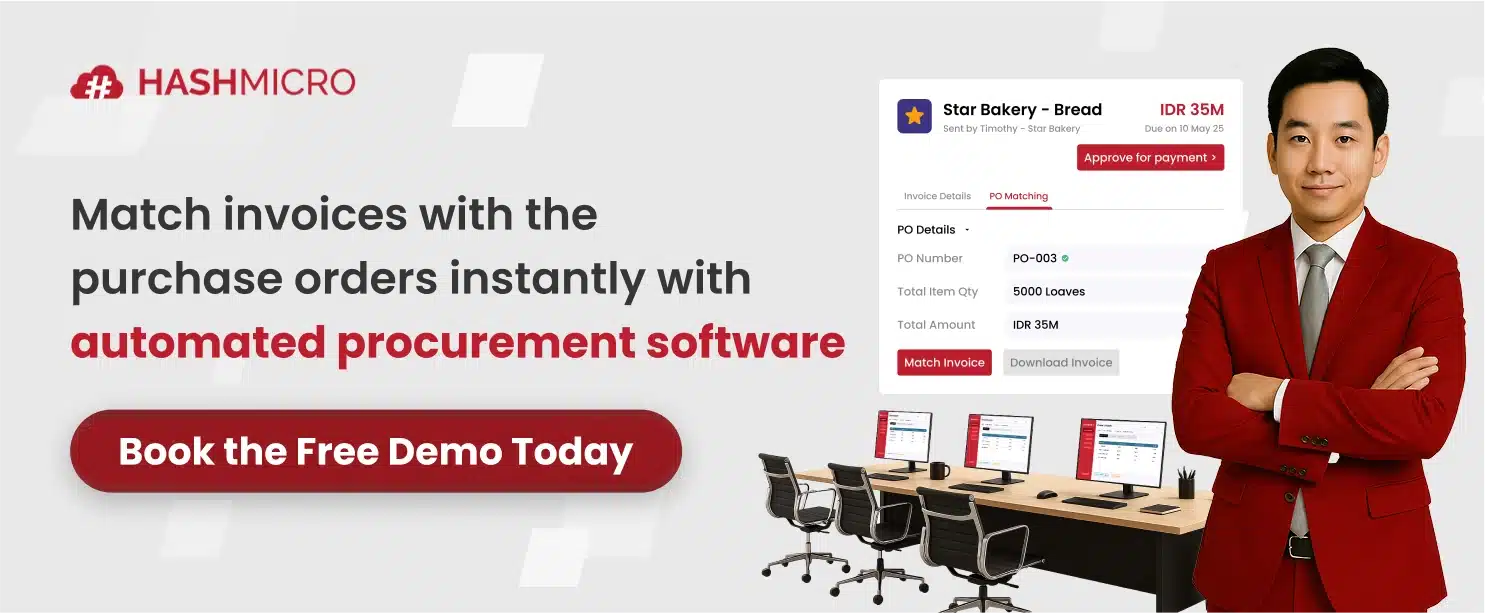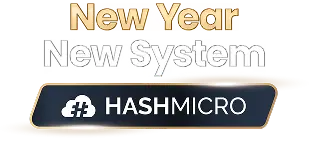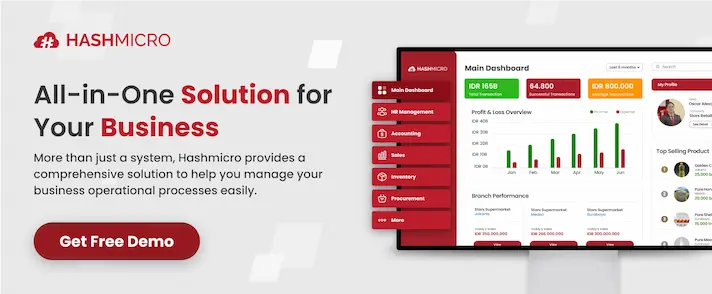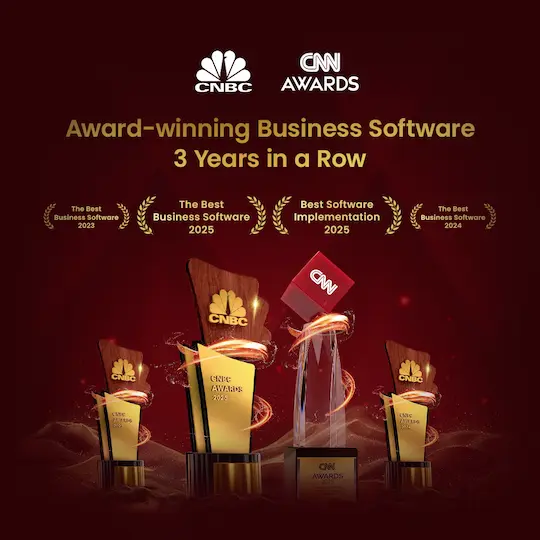Managing a business is already complex, adding product sourcing into the mix often feels like juggling blindfolded. From identifying reliable suppliers to ensuring stock arrives on time, the process can be overwhelming without the right system in place.
Common pain points include supplier delays, lack of transparency, and manual procurement workflows that slow down operations. These sourcing problems not only cost time and money but also impact customer satisfaction and business growth.
A recent study by Statista revealed that 38% of businesses in Singapore plan to invest in supply chain digitalization to tackle sourcing inefficiencies.
In this article, we’ll break down the essentials of product sourcing and introduce you to HashMicro procurement solutions that help automate and optimise the process. If you’re ready to take control of your sourcing strategy, this guide is for you.
Key Takeaways
|
What is Product Sourcing?
Product sourcing is the process of finding and acquiring the right products to sell, whether you’re running a retail store or building an ecommerce brand. It includes purchasing items from manufacturers, working with wholesalers, or even creating custom goods to suit your market needs.
In some cases, businesses rely on dropshipping, where your supplier handles the inventory and ships directly to your customers. This method of ecommerce product sourcing reduces overhead costs and simplifies logistics, making it a popular choice for startups in Singapore.
Product sourcing also goes beyond the final goods, it can include sourcing raw materials, packaging, or components needed to prepare products for sale. By understanding supply chain sourcing and building strong supplier relationships, businesses can ensure better quality, pricing, and reliability in their operations.
Who Can Source Products?

Product sourcing can involve a wide range of suppliers depending on your business needs. Here are the most common sources to consider in Singapore and beyond:
1. Wholesalers
Wholesalers offer bulk quantities of products at lower prices, making them ideal for businesses looking to scale. This form of wholesale product sourcing allows you to maintain healthy profit margins while ensuring product availability.
Many wholesalers operate locally and regionally, reducing lead times and shipping costs. They are a reliable option in the supply chain sourcing strategy for both retail and ecommerce businesses.
2. Manufacturers
If you want to develop custom or private-label products, sourcing directly from manufacturers is the way to go. Manufacturers offer full control over design, specifications, and production volume, which is crucial for brand differentiation.
While this type of supplier sourcing may require larger upfront investments, it can result in better quality and lower unit costs. It’s a common path in ecommerce product sourcing for those building unique product lines.
3. Artisans and individuals
For niche or handcrafted items, sourcing from artisans or small-scale creators adds a unique touch to your product offerings. These suppliers often produce in limited batches, making them perfect for businesses targeting a premium or artisanal market.
This method supports local talent and can also apply to product sourcing in lifestyle, fashion, or gift sectors. While scale may be limited, the uniqueness can boost your brand appeal.
4. Importers and distributors
Importers and distributors act as intermediaries who bring in products from international markets and sell them locally. This option is ideal for Singapore-based businesses seeking global variety without handling cross-border logistics themselves.
It streamlines supplier sourcing by reducing the complexity of dealing with multiple foreign vendors. Leveraging importers can expand your supply chain sourcing while saving time and resources.
Product sourcing isn’t one-size-fits-all, you can work with a mix of these sources to meet different business needs. Whether you’re sourcing packaging, components, or finished goods, building the right supplier network is key to sustainable growth.
Benefit of Product Sourcing

Now that you understand who can help source your products, it’s equally important to know why this process matters. A strong product sourcing strategy doesn’t just help you find the right items, it also gives your business the edge it needs to grow.
Let’s explore the key benefits that make supplier sourcing a smart move for businesses in Singapore:
1. Access to a wide range of products
Product sourcing gives you access to thousands of ready-to-sell or customizable items across various categories. Whether you’re selling fashion, electronics, or homeware, sourcing connects you with suppliers locally or internationally to meet your niche.
For ecommerce product sourcing, this means more flexibility to test new trends and pivot quickly. Singaporean businesses can stay competitive by curating product selections that meet local consumer demand.
2. Low barrier to starting a business
You don’t need to manufacture products yourself to start a profitable business. With options like dropshipping and wholesale product sourcing, you can launch your online store with minimal capital.
Many product sourcing platforms, especially those integrated with Shopify, allow you to add products and start selling almost immediately. This simplicity is ideal for new entrepreneurs in Singapore who want to validate business ideas quickly.
3. Streamlined supply chain operations
With the right supplier sourcing strategy, your supply chain becomes faster and more reliable. You can partner with suppliers who handle packaging, warehousing, and shipping, saving you time and logistics hassle.
This is especially helpful for small businesses juggling multiple tasks. Optimized supply chain sourcing also ensures that customers receive their orders faster, improving satisfaction.
4. Scalability and growth potential
Effective product sourcing allows your business to scale efficiently without being tied to a single supplier or location. You can diversify your sources, introduce new product lines, and expand into international markets with ease.
This flexibility gives Singapore-based businesses a solid foundation for regional or global growth. As your business grows, sourcing from manufacturers or white-label suppliers can boost profit margins too.
5. Customization and branding opportunities
By sourcing directly from manufacturers or using print-on-demand apps, you gain more control over branding and product design. This means you can sell products under your label, enhancing brand identity and customer loyalty.
Many ecommerce product sourcing platforms even allow for custom packaging and inserts. This is especially beneficial for businesses seeking to differentiate themselves in competitive online marketplaces.
6. Reduced inventory risk
Dropshipping and on-demand fulfilment models allow you to sell without holding large inventories. This reduces upfront costs, storage needs, and the risk of unsold stock.
For Singapore businesses with limited warehouse space, this is a smart approach to product sourcing. Additionally, with smart apps and supplier integrations, you can easily automate order fulfilment and inventory tracking.
How to Source a Product Supplier

Finding the right supplier is one of the most important steps in any successful product sourcing strategy. Without a reliable partner, even the best business ideas can fall short due to poor quality, long lead times, or stock issues.
To help you navigate the process, here are some of the most effective methods for supplier sourcing that businesses in Singapore can consider:
1. Start with referrals and market research
Begin your product sourcing journey by asking other business owners or industry contacts where they get their products. This helps you tap into trusted networks and avoid unreliable sources.
While a basic Google search can give you options, it often leads to overwhelming or low-quality results. For Singapore-based businesses, combining referrals with online research is a smart first step in supplier sourcing.
2. Attend trade shows and expos
Trade shows and expos are great places to meet suppliers face-to-face and view product samples directly. These events let you build relationships, compare offers, and negotiate deals on the spot.
For anyone serious about supply chain sourcing, this is a valuable opportunity to assess quality and credibility. Keep an eye on regional expos in Singapore and Asia for relevant sourcing events.
3. Consider direct factory sourcing
If you have the knowledge, language skills, and time, working directly with a factory can lower your costs. This gives you full control over production, quality, and customisation, perfect for private label products.
However, managing an overseas supplier requires significant time, effort, and cultural understanding, especially for small teams. Unless you’re experienced, this form of wholesale product sourcing may be more complex than it seems.
4. Work with a trading company
A trading company acts as the middleman between you and the manufacturer, handling purchases and re-selling goods. This option simplifies the process by avoiding direct negotiations with factories, which can be useful for new entrepreneurs.
While it reduces your control over sourcing, it speeds up product acquisition. It’s a common route in ecommerce product sourcing for stores that want a fast go-to-market option.
5. Partner with a sourcing company
A sourcing company researches the best options on your behalf, helping you find the right suppliers without the guesswork. They evaluate suppliers based on pricing, quality, and delivery timelines, crucial factors for successful product sourcing.
Unlike trading companies, sourcing firms don’t sell you products directly but connect you with ethical and vetted partners. For Singaporean businesses looking for global reach with local ease, this method is both efficient and scalable.
6 Key Steps for Effective Product Sourcing

To source products effectively, it’s not just about finding the right items, it’s about building a system that’s reliable and sustainable. Below are six essential steps every Singaporean business should follow to make their product sourcing strategy work long-term.
1. Conduct in-depth market research
Understanding your target market helps ensure that your product sourcing choices meet real customer demand. Research trends, competitors, and regulations that may impact your offerings.
Use both primary data like surveys and samples, and secondary sources like reports or publications. This makes your supplier sourcing more focused and profitable from the start.
2. Request samples before committing
Always ask for product samples before placing a large order to check for quality and consistency. Photos can be misleading, so physical inspection is essential, especially in ecommerce product sourcing.
You’ll also learn how the supplier handles packaging, delivery, and communication. Sampling reduces risks and helps protect your brand reputation.
3. Source locally whenever possible
Local sourcing allows for faster shipping, easier communication, and more control over quality. For Singapore businesses, this can mean lower logistics costs and faster time-to-market.
Local supply chain sourcing is especially useful during global disruptions or shipping delays. It also enables you to inspect products before committing to bulk orders.
4. Work with multiple suppliers
Don’t rely on a single sourcing supplier, as any disruption can impact your entire operation. Diversifying your vendor sourcing gives you more flexibility and negotiation power.
It also helps maintain stock levels even during shortages or seasonal spikes. Always vet each supplier’s quality, reliability, and lead time before onboarding.
5. Build long-term supplier relationships
Strong relationships lead to better pricing, faster support, and more reliable deliveries. Communicate clearly, pay on time, and offer feedback to strengthen trust.
A good supplier may even prioritize your orders or assist with marketing. In wholesale product sourcing, loyalty often leads to long-term advantages.
6. Stay updated on supply chain trends
The product sourcing landscape is always changing due to regulations, tariffs, or logistics issues. Stay informed about market shifts so you can adapt quickly and avoid delays.
Build contingency plans, such as working with backup suppliers. Being proactive helps you stay resilient and meet customer expectations consistently.
Empower Your Product Sourcing Strategy with HashMicro’s Procurement Software
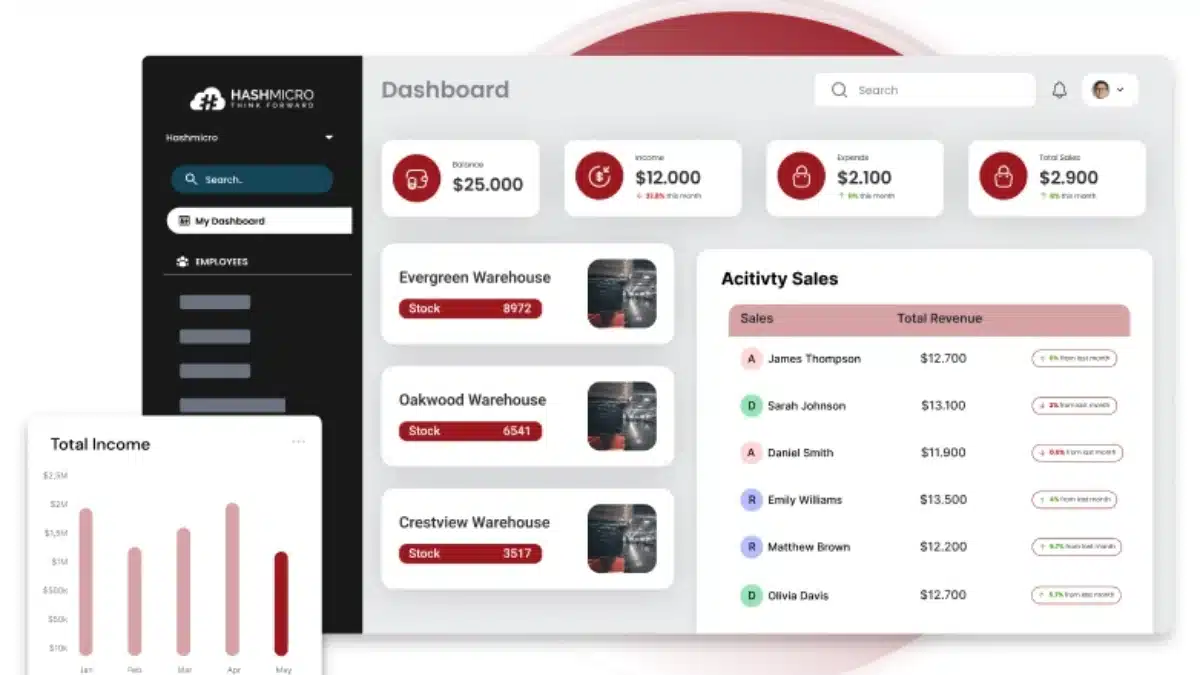
Managing product sourcing can be complex, especially when dealing with multiple suppliers, scattered purchase records, and time-sensitive procurement needs. With HashMicro’s Procurement Software, businesses in Singapore can centralise sourcing activities, speed up decision-making, and ensure full visibility over supplier performance, orders, and costs.
You can book a free demo and get a personalised consultation to see how the system fits your operations. It’s a risk-free way to explore how you can improve sourcing efficiency, reduce delays, and secure better supplier deals.
Trusted by over 2,000 enterprises in Southeast Asia, HashMicro is known for its customisable features, localised support, and seamless integration with CRM, accounting, and inventory systems, making it the perfect fit for Singapore’s fast-paced business environment.
Key features of HashMicro’s Procurement Software include:
- PO, RFQ & PR Management: Create purchase requests and instantly convert them into purchase orders or send RFQs to suppliers with just a few clicks, speeding up the procurement cycle and reducing manual errors.
- Work Order Receiving: Record goods received accurately upon delivery to ensure the right items and quantities are delivered, improving stock accuracy and supplier accountability.
- Purchase Request Approval Management: Approve or reject purchase requests from multiple branches or departments in a single click, ensuring faster approvals while maintaining budget control.
- Online Portal for Suppliers: Allow vendors to upload their product catalogues directly to your portal, simplifying product selection and tender processes, and helping you secure competitive bids.
- Blanket Order Management: Manage long-term agreements with suppliers for pre-set prices and schedules, ensuring stable supply and cost efficiency over time.
- Landed Cost Calculation: Automatically calculate the full cost of goods including shipping, insurance, and duties, enabling accurate budgeting and informed purchasing decisions.
- Vendor Comparison on Tender with Hashy AI: Let Hashy compare vendor quotes in real-time based on price, quality, lead time, and performance history, helping you choose the most reliable supplier.
- RFQ Approval Management: Automate RFQ approval workflows with instant notifications, ensuring prompt responses and smoother procurement operations.
With Hashy, our AI assistant, your team can automate repetitive procurement tasks such as approvals, vendor follow-ups, and order tracking, so you can focus on building stronger supplier relationships and strategic sourcing decisions.
Conclusion
Product sourcing is more than just finding items to sell, it’s a strategic process that impacts your pricing, inventory, and customer satisfaction. Whether you’re sourcing from local wholesalers or international manufacturers, having a reliable supply chain is essential for long-term success in Singapore’s competitive market.
To streamline your supplier sourcing process, businesses can rely on integrated solutions like HashMicro’s Procurement Software. This powerful tool helps automate vendor selection, manage purchase orders, and ensure timely deliveries, all from a single dashboard. With real-time data and supplier performance tracking, you can make faster, smarter sourcing decisions that directly boost profitability.
Ready to simplify your sourcing process and improve purchasing efficiency? Try HashMicro’s free demo today and discover how our software can transform your product sourcing into a scalable, automated workflow that supports business growth.
Warning: Undefined array key "med" in /home/hashmicr/public_html/blog/wp-content/plugins/insert-headers-and-footers/includes/class-wpcode-snippet-execute.php(419) : eval()'d code on line 281
